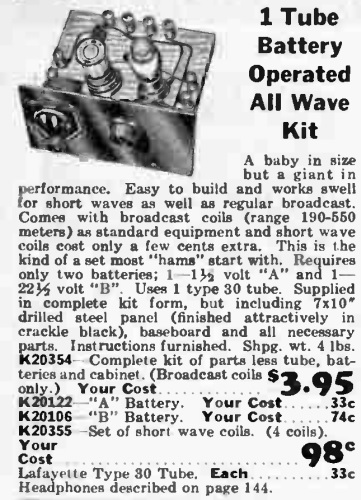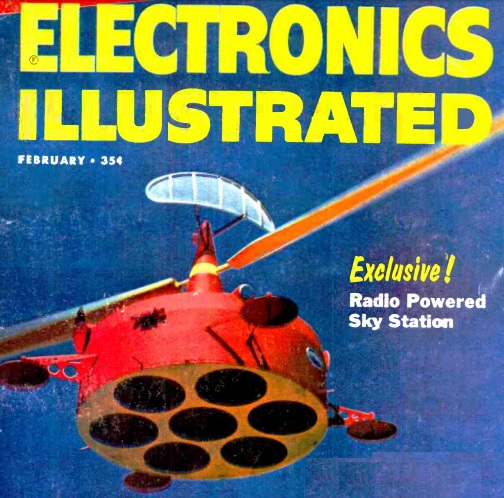 Sixty years ago this month, the February 1960 issue of Electronics Illustrated the “radio powered sky station” shown here. It was an artist’s conception of the Raytheon Airborne Microwave Platform. It could be used for either civilian or military purposes, but would establish a platform 65,000 feet in the air. From there, it could relay radio or television signals, or serve as part of the nation’s missile defense system.
Sixty years ago this month, the February 1960 issue of Electronics Illustrated the “radio powered sky station” shown here. It was an artist’s conception of the Raytheon Airborne Microwave Platform. It could be used for either civilian or military purposes, but would establish a platform 65,000 feet in the air. From there, it could relay radio or television signals, or serve as part of the nation’s missile defense system.
The craft would be stationary above its power source, which consisted of a beam of microwave energy. This was picked up by an antenna on the bottom. It was rectified, and the resulting energy was used to power the propeller as well as the electronic payload.
I’ve never heard of this system being deployed, probably because the bugs never got worked out. This once classified 1965 military report (authored by Raytheon) speaks in glowing terms of the feasibility of the project (which presumably needed just a few more million dollars). However, as of 1965, successful experiments consisted of the successful use for ten continuous hours at 50 feet, a far cry from the 65,000 feet planned. And to keep the craft over the microwave beam, a tether was employed, which would probably be impractical at 65,000 feet.
It seems like an ambitious project for 1960, but it’s probably quite possible today. It seems to me that battery and solar technology will soon be at a point (if they’re not there already) where it’s possible to have a craft that will stay aloft indefinitely. And unlike the 1960 vision, it wouldn’t need to stay above a fixed point. If a craft can stay aloft indefinitely, this means that it can fly anywhere in the world.
It also seems to me that an autonomous military vehicle could derive its power from the enemy’s power grid. When it needed a charge, it could roost on a convenient power line. In fact, it could probably get its power inductively from an AC power line merely by flying close.


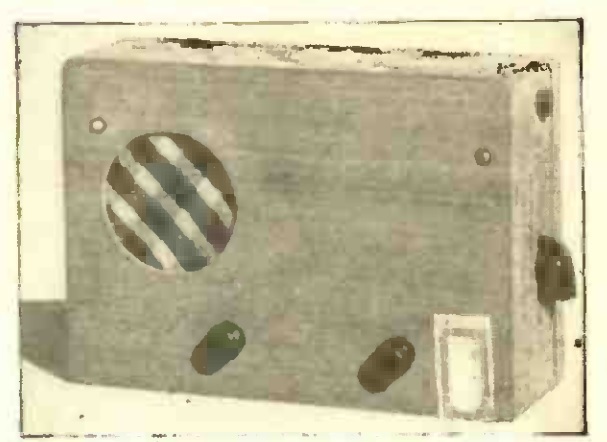

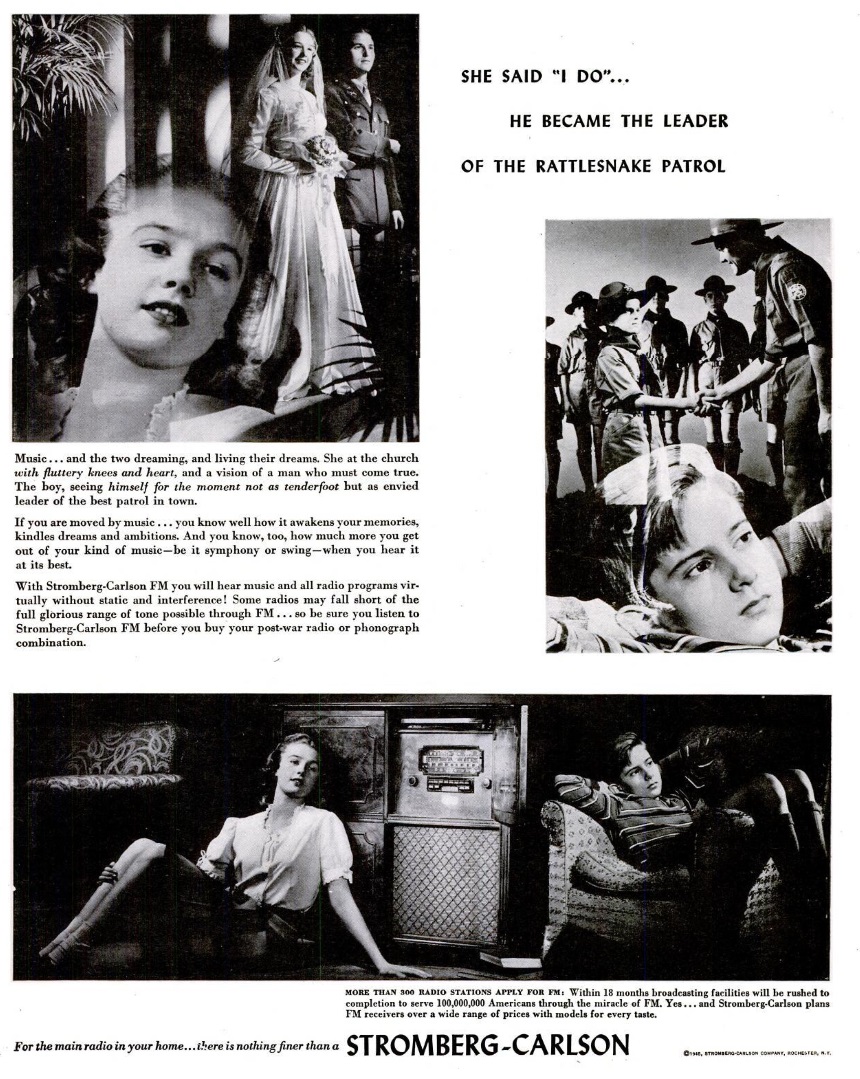

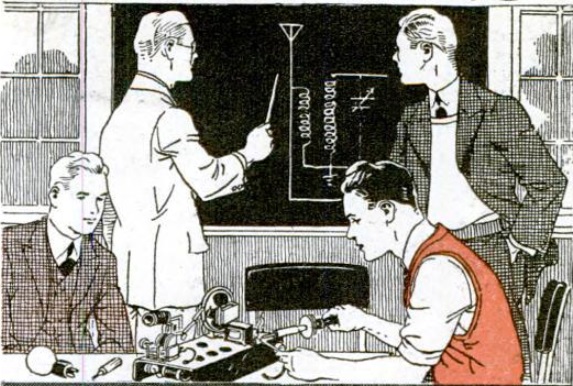


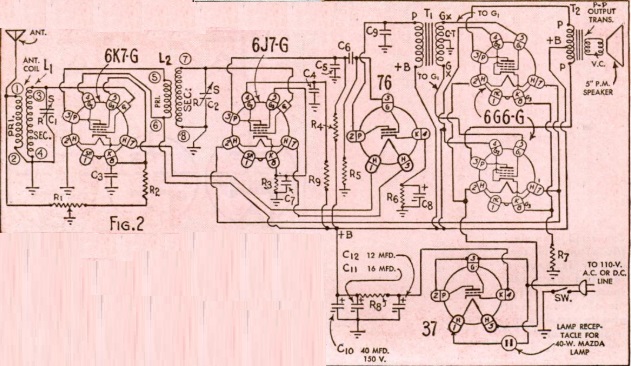
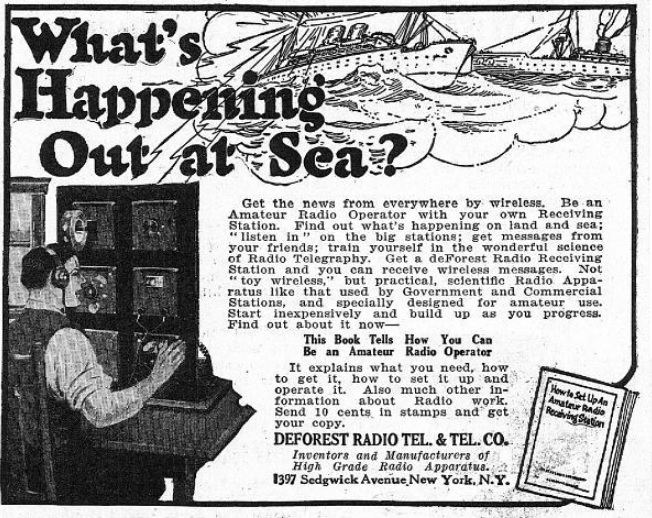
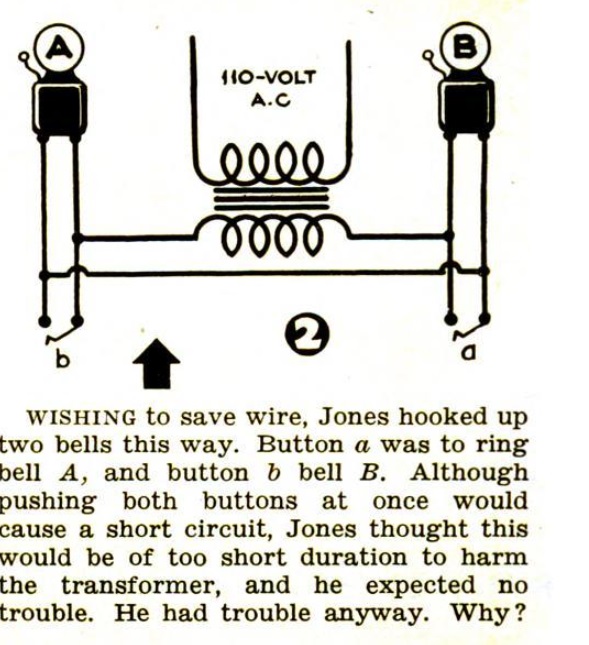 Y
Y
